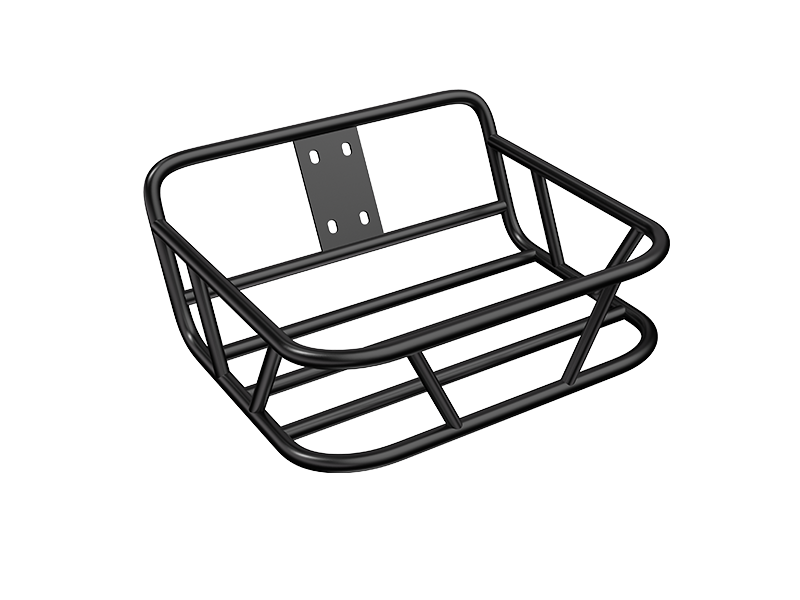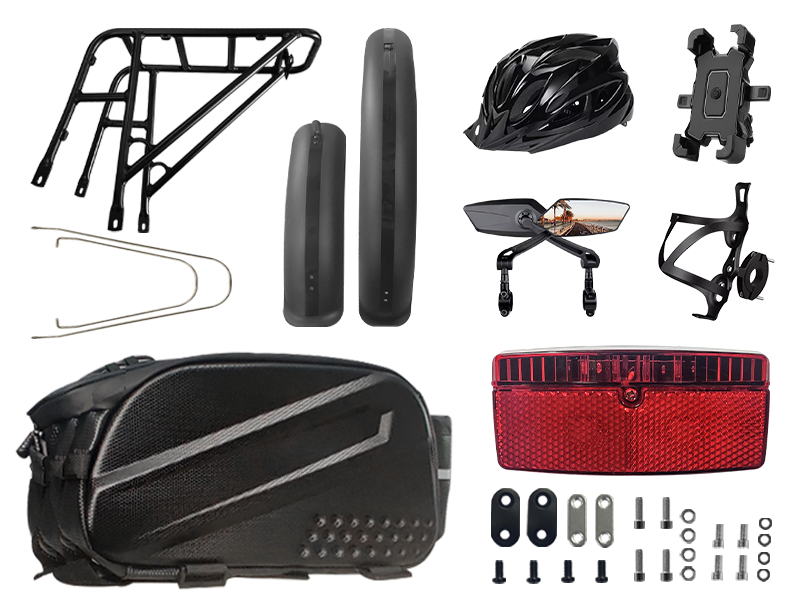How to Repair an Electric Bike Controller: A Step-by-Step Guide
AUG 30, 2024
The controller is the brain of your electric bike, managing motor performance, speed, and overall operation. If your e-bike is malfunctioning, the controller could be the culprit. In this post, we’ll guide you through diagnosing and repairing your electric bike controller to keep your ride smooth and problem-free.
1. Preparing for the Repair
Tools and Materials: Before you start, gather the necessary tools and materials:
- Screwdriver set
- Multimeter
- Soldering iron and solder
- Wire strippers
- Heat shrink tubing
- Electrical tape
Safety Precautions: Always disconnect the battery before performing any electrical work to avoid shocks or short circuits. Wear protective gloves and work in a well-lit, ventilated area.
2. Diagnosing the Problem
Check for External Damage: Start by inspecting the controller's exterior for any obvious damage, such as burnt spots, broken wires, or loose connectors. These are often easy to spot and fix.
Test the Voltage with a Multimeter: If no external damage is visible, use a multimeter to measure the input voltage of the controller. Ensure the voltage is within the normal range. If it’s not, the problem might lie with the battery or connectors.
Inspect Internal Components: If the exterior and voltage check out, you’ll need to open the controller and inspect the internal components like capacitors, resistors, and other elements for signs of damage or burning.
3. Repairing the Controller
Replace Damaged Wires or Connectors: If you find broken or loose wires, use wire strippers to prepare the ends, solder them back together, and protect the connection with heat shrink tubing or electrical tape.
Replace Damaged Components: If you discover burnt capacitors or other damaged components, replace them with parts of the same specifications. Be careful when soldering to avoid damaging other components.
Reset the Controller: If there’s no apparent hardware issue, try resetting the controller. Some controllers have a reset button, while others might require disconnecting and reconnecting the power. After resetting, test if the controller functions properly.
4. Testing and Reinstallation
Test the Repair: Before reinstalling the controller, test it to ensure all issues have been resolved. Reconnect the battery and check if the controller properly manages the motor and other functions.
Reinstall the Controller: If everything works as expected, reinstall the controller on your bike, ensuring all screws and connectors are securely fastened.
5. Preventing Future Issues
Regular Maintenance: To avoid future issues, regularly check the condition of the controller and other electrical components. Look for signs of wear or loose connections.
Waterproofing: Controllers are susceptible to moisture, so if you often ride in wet conditions, consider using waterproofing measures to protect the controller.
Conclusion
By following these steps, you should be able to resolve most issues with your electric bike controller yourself. If you encounter more complex problems that you can’t fix, it’s best to consult a professional. Remember, safety first—always ensure the power is off before working on any electrical components.
Share Your Experience
If you have other tips or experiences with repairing electric bike controllers, share them in the comments below. Let’s keep our rides smooth and safe!













